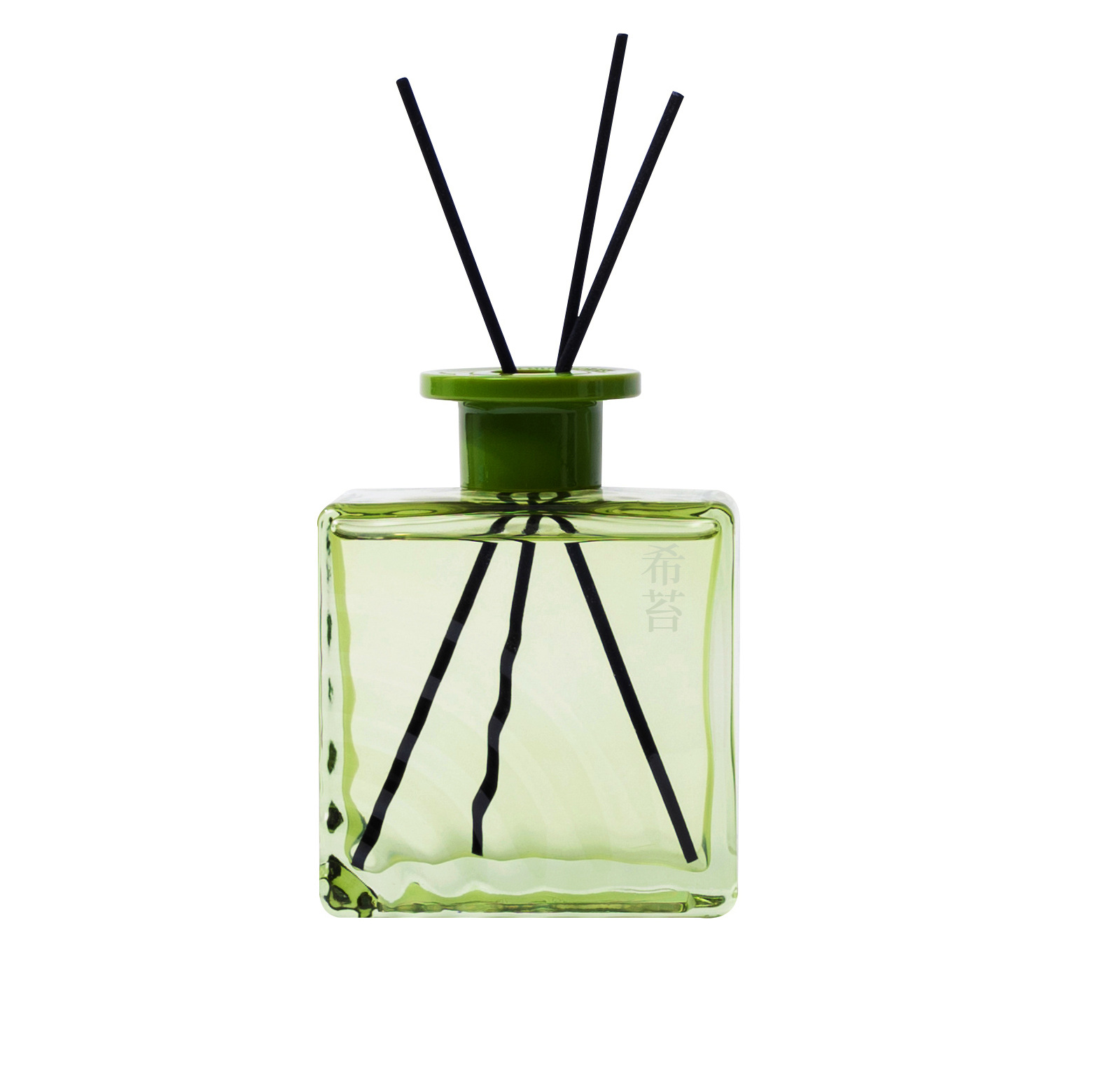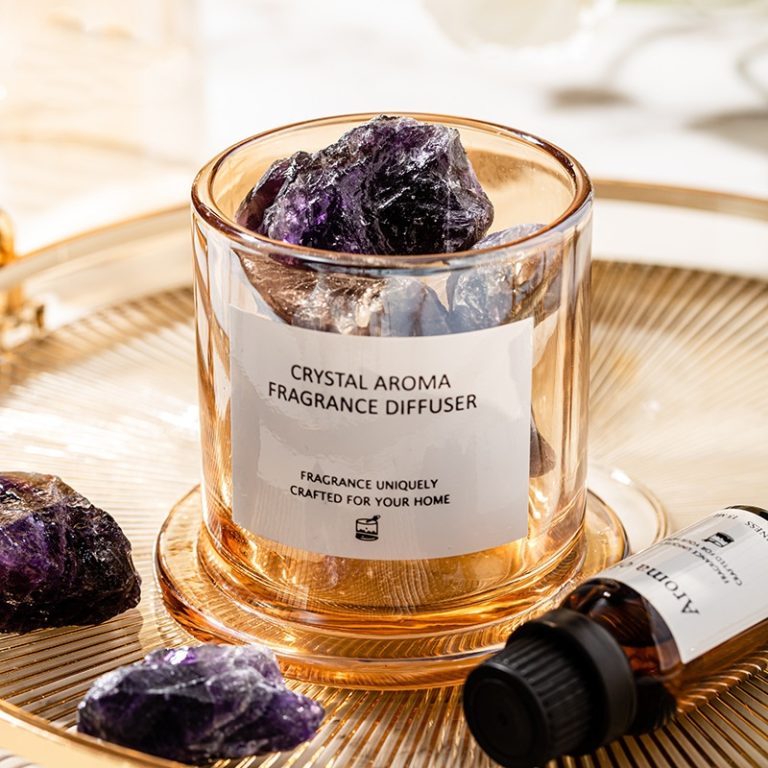Oriental Culture and Creativity Inspired Fragrance Journey | ScentSerenade
** The Secret Life of Vital Oils: What ‘Restorative Grade’ Really Suggests **.
(Therapeutic Grade Essential Oils: Quality Standards Explained)
Ever before wondered what makes a crucial oil “healing quality”? The term seems official, best? Like it’s stamped by a lab-coated expert holding a clipboard. Truth is, there’s no global rulebook for this tag. Firms utilize it to recommend their oils are pure and powerful. Yet how do you separate the real bargain from brilliant advertising and marketing? Allow’s simplify.
First, know this: No government firm certifies “therapeutic quality.” It’s not like health food, which has rigorous standards. Rather, it’s a phrase brands adopt willingly. That doesn’t mean all oils labeled this way misbehave. It just indicates you need to dig much deeper.
So what * in fact * matters? Pureness. Premium oils originate from plants expanded without synthetic pesticides or chemicals. Think of it like this: If a rose bush is splashed with toxic substances, those wind up in the oil. Great brands source plants from regions where they flourish normally. Lavender from France, peppermint from the Pacific Northwest– area matters because dirt and environment influence the plant’s chemistry.
Next up: Just how the oil is made. Steam purification is the gold standard. It’s a gentle procedure that uses warm and pressure to extract oils without harming their substances. Inexpensive brands could make use of chemical solvents to speed points up. Those residues can remain in the end product. You don’t desire that in your diffuser or on your skin.
Then there’s screening. Trustworthy firms run their oils via third-party labs. These tests look for stuff like impurities or phony ingredients. Request for a GC/MS record– it’s like a fingerprint revealing every molecule in the bottle. No record? Go on. It’s like purchasing a cars and truck without a background check.
But wait, rate isn’t constantly an idea. Pricey oils aren’t automatically better. Some brand names hike expenses for elegant product packaging or unique cases. Others charge less however reduced corners. Focus on openness. Trustworthy brand names share information concerning their farms, distillation approaches, and examination results. If a website is unclear, that’s a warning.
What concerning smell? Pure oils have complicated fragrances. They could change from sharp to sweet as you breathe in. Phony or watered down oils scent level, like a single note. Try this: Swab a decrease theoretically. Pure oil vaporizes completely, leaving no oily mark. If there’s a tarnish, it’s possibly mixed with cheap service provider oil.
Saving oils right additionally matters. Keep them in dark glass containers, far from sunshine and warm. Plastic can degrade with time, letting chemicals leak into the oil. Ever opened up an old plastic canteen and tasted quirkiness? Exact same concept.
One last idea: Do not succumb to buzzwords. “Professional strength,” “medical high quality,” “100% pure”– these are all marketing terms unless backed by evidence. Seek specifics. For example, “wild-crafted lavender from Provence, steam-distilled, GC/MS report available” tells you way greater than an expensive tag.
Your nose knows finest. If an oil scents “off” or offers you a migraine, pay attention to your body. Even if it’s labeled “restorative grade,” your reaction matters a lot more. Quality oils ought to really feel uplifting, not overwhelming.
(Therapeutic Grade Essential Oils: Quality Standards Explained)
In the long run, it’s about depend on. Find a brand that’s open about its procedure. Inspect evaluations, ask concerns, and start with tiny containers. When you find oils that work, you’ll notice the difference. Whether you’re diffusing citrus to improve focus or rubbing lavender on your temples after a lengthy day, good oils can be game-changers. Just skip the hype and concentrate on the facts.




